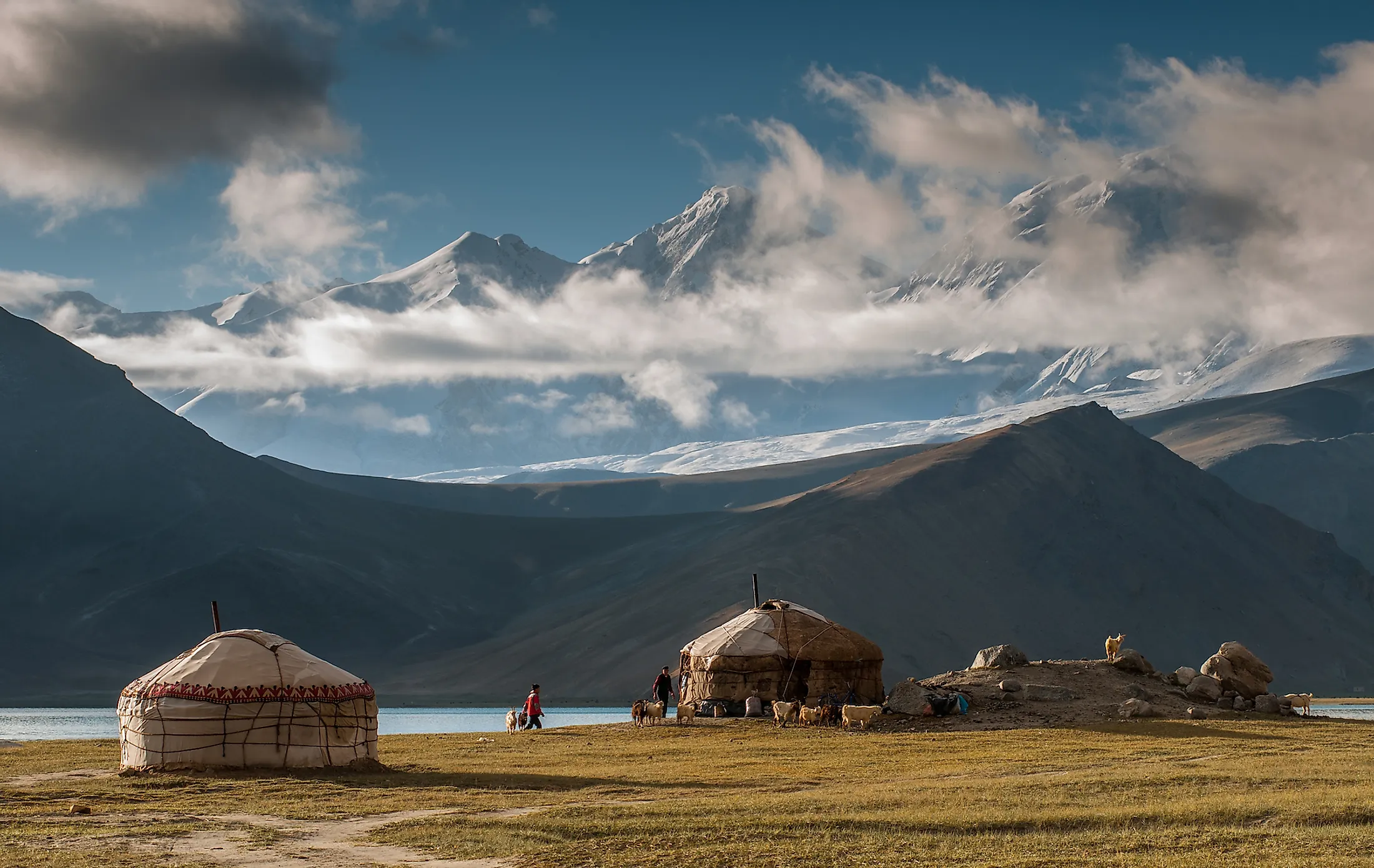
Kunlun Mountains
Asia is the world’s largest continent that is geographically positioned in the Northern and Eastern hemispheres of the Earth and covers a total area of about 44,579,000 sq. km. Some of the longest, tallest, and most revered mountain ranges of the world are located in the Continent of Asia.
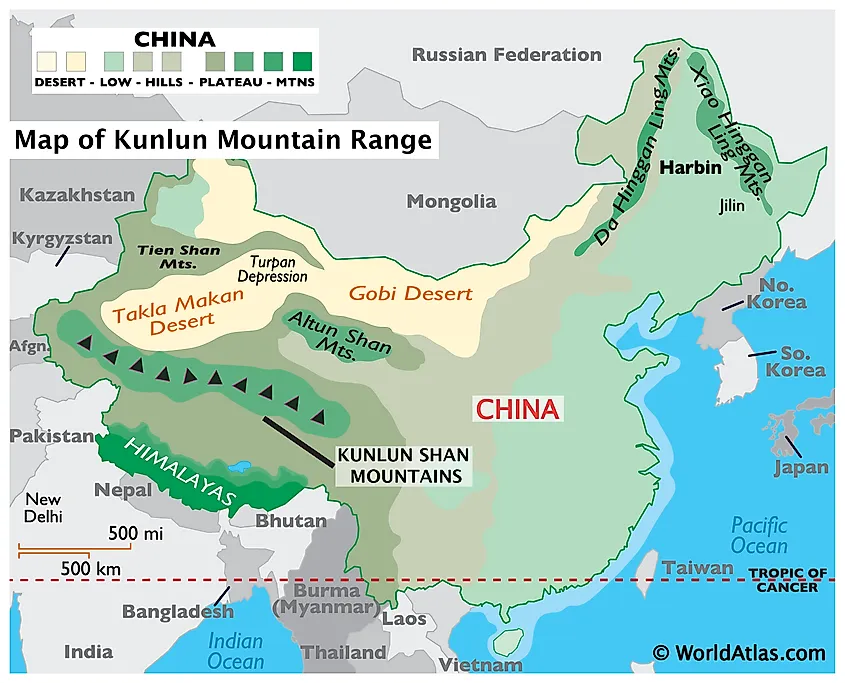
The Kunlun Mountains are considered one of Asia’s longest mountain ranges that extends for more than 3,000km.The Kunlun Mountains start from the Pamir Mountains of the Republic of Tajikistan and extend across the western part of China spanning the Xinjiang Uygur Autonomous Region, the Tibet Autonomous Region, and the Chinese province of Qinghai. The Kunlun Mountains stand parallel to the Tian Shan Mountains in the north and the Himalayan mountains in the south.
Geography
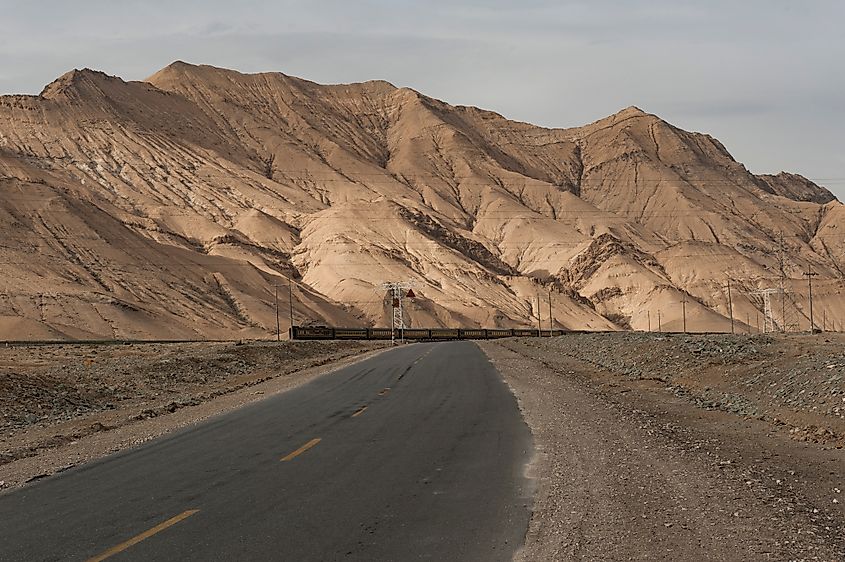
The Kunlun Mountain range covers a total area of more than 5,00,000 sq. km and the width of the mountain range varies between 130 to 200km. The mountain range is quite narrow in the west and comparatively much wider in the east. At their westernmost point, the Kunlun Mountains form the Inner Asian rampart between the Tibetan Plateau and the Tarim Basin. The Kunlun Mountain range stretches along the southern edges of the Takla Makan and Gobi Deserts and forms a protective barrier against the icy barren expanses of the Tibet Autonomous Region. Situated on the boundary between Tibet and Xinjiang Uygur Autonomous Region is the Liushi Shan (“Kunlun Goddess”), which rises to an elevation of 7,167m and is considered as the highest mountain of the Kunlun Mountain Range.
Located in the central part of the Kunlun Mountains in the southwestern part of the Qinghai Province is the Kunlun Mountain Pass. Located at an elevation of 4,767m, this mountain pass is about 160km to the south of the Golmud City and serves as the only mountain pass between the Gansu and Qinghai provinces of Tibet Autonomous Region.
In the Chinese Taoist Culture, the Kunlun Mountains are referred to as the “Ancestor of ten thousand mountains”, as most mountains of China originate from the Kunlun Mountain Range. The Altyn-Tagh Mountain range forms one of the principal northern ranges of the Kunlun Mountains. The Qilian Shan Mountains form the major northern range of the Kunlun, while its southern extension is formed by the Min Shan Mountains.
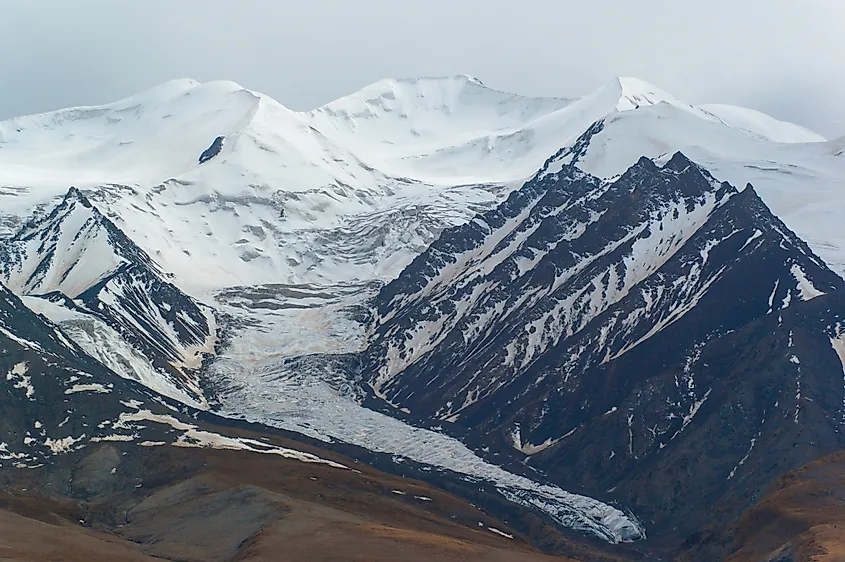
The Bayan Har Mountains which are the southern section of the Kunlun Mountains, form the watershed between the Yellow and the Yangtze rivers. Besides the Liushi Shan, there are several high peaks in the Kunlun Mountain range such as Ulugh Muztagh, Bukadaban Feng, Yuzhu Peak, and Amne Machin. The medial Kunlun ridges are interspersed with several high valleys and saline lakes. The Kunlun Mountains serve as a source of the Yurungkash and the Karakash rivers.
It is believed that the Kunlun Mountains were formed about 250 million years ago at the northern edges of the Crimean Plate due to its collision with Siberia. This collision led to the complete closing of the Paleo Tethys Ocean and the eventual formation of the Kunlun Mountains. The Kunlun Volcanic Group is formed by more than 70 volcanic cones.
Climate
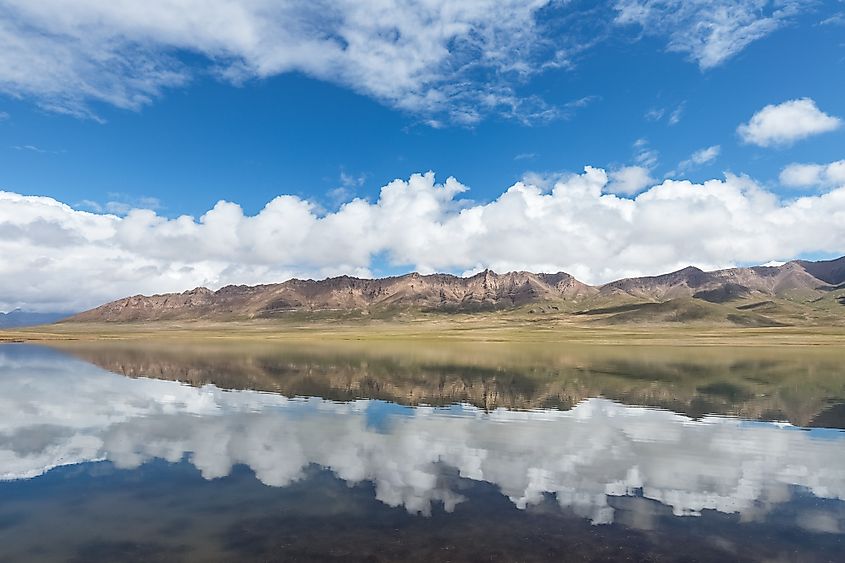
The Kunlun Mountains experiences an arid climate as they are completely isolated from the influence of the monsoons of the Indian and the Pacific oceans. These mountains are highly influenced by the continental air mass, which leads to fluctuations in the temperature of the region. It has been recorded that the middle section of the Kunlun Mountain range is the aridest compared to its western and eastern sections where the climate is quite moderated. The average temperature in the lower mountain ranges varies between 25° to 28°C during July and about -9°C during January. The upper elevations that are close to Tibet experience freezing temperatures with the average temperature being less than 10°C in July and about -35°C during winters. These Mountain ranges also face strong winds during the autumn season.
Flora And Fauna
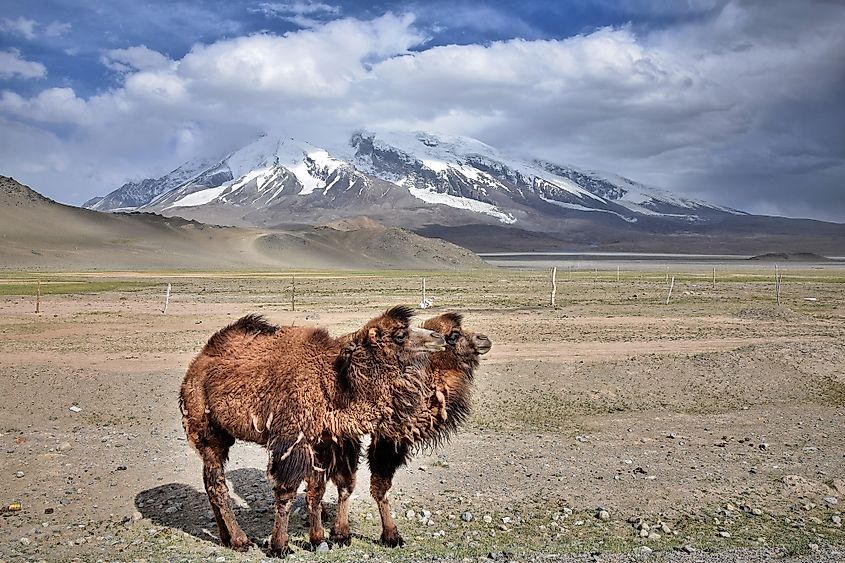
The arid climatic conditions of the Kunlun Mountain range prevent the growth of vegetation. Most of the terrain is occupied by rock deserts and willow thickets are found near the watercourses. Some of the animals that are found here include Tibetan gazelle, Tibetan goat antelope, wild asses, brown bears, wolves, wild yaks, argali sheep, Ladakh urials, blue sheep, ibex, etc. Several waterfowls visit the lakes during the migration season.
Brief History
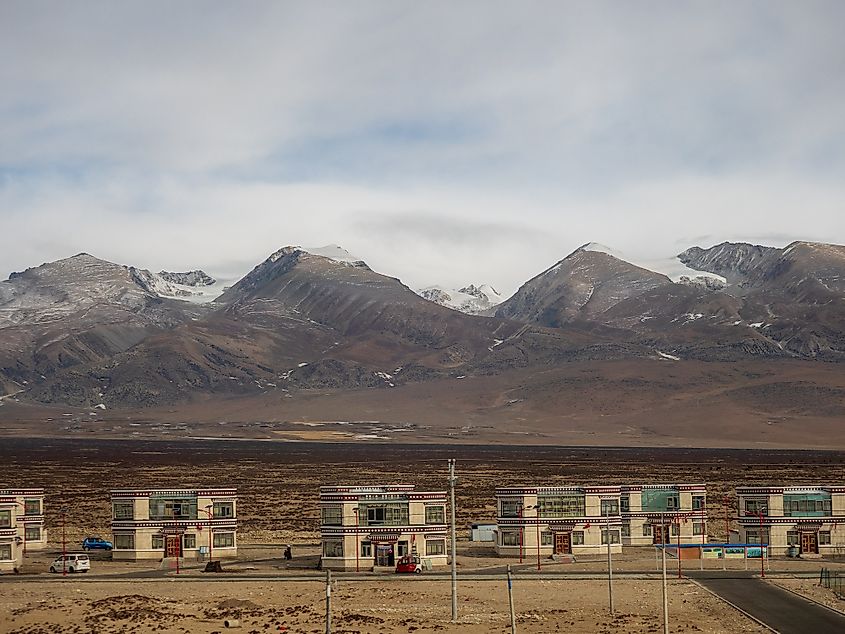
According to the Chinese Taoist Culture, the Kunlun Mountains are revered as ‘sacred’ mountains, and as per legend, King Mu of the Zhou Dynasty first visited these mountains. The Kunlun Mountains were believed to be the residing place of Xiwangmu – the revered goddess of the Taoist people according to the Chinese Mythology. The Kunlun Mountains have also been mentioned in several Chinese folk legends. The historic Silk Road passed through the northern edges of the Kunlun Mountains for several years connecting China with Southwest and Central Asia.
Early British explorers tried to reach the western end of the Kunlun Mountain range but failed. During the end of the 19th century, the Swede explorers Sven Anders Hedin and others were quite successful in reaching the western part of the Kunlun Mountains. In 1949, scientific expeditions were organized by the Government of the People’s Republic of China for determining the geology of the region. In the later years, several other explorations focused on the adaptability of the ethnic groups to the sparse high-altitude environment of the Kunlun Mountain range. From 1980 onwards, an international research cooperation was started between the Chinese and the French and American teams for studying the tectonic movements along the Altun Fault System as well as the geological evolution of the Kunlun Mountains.











